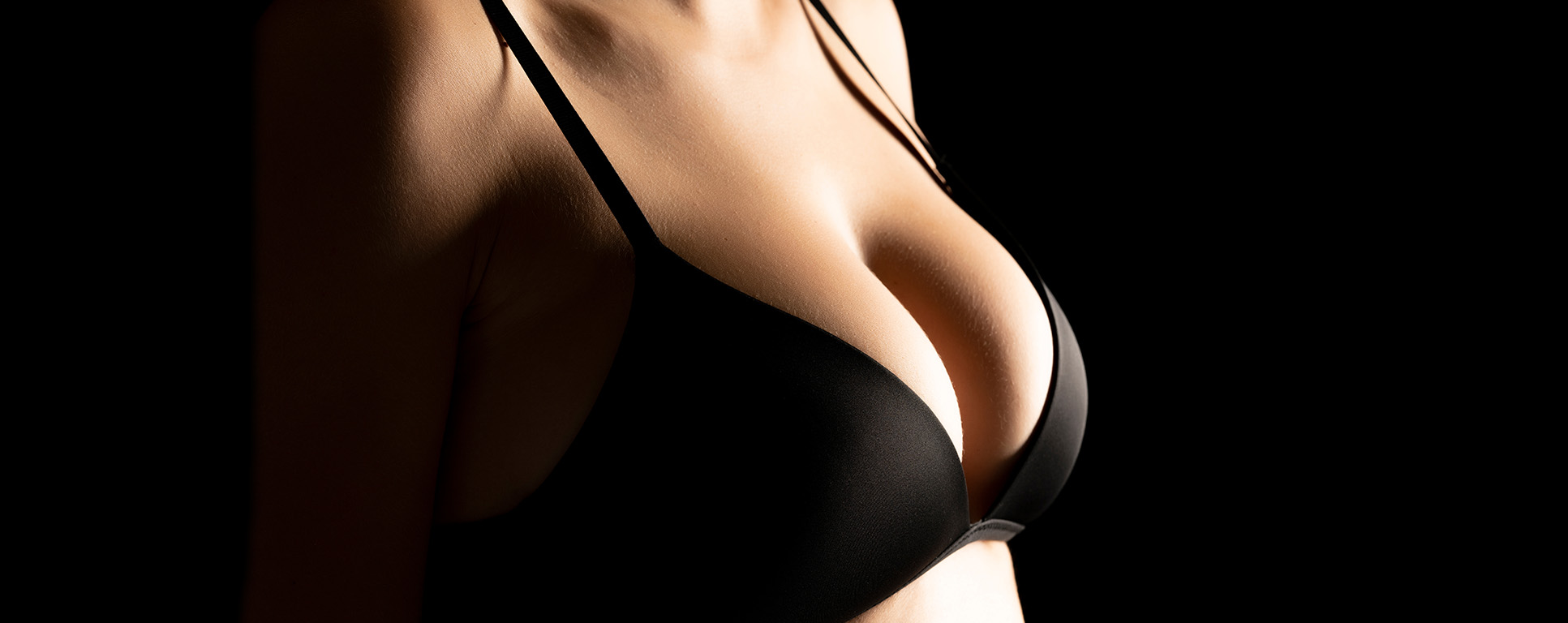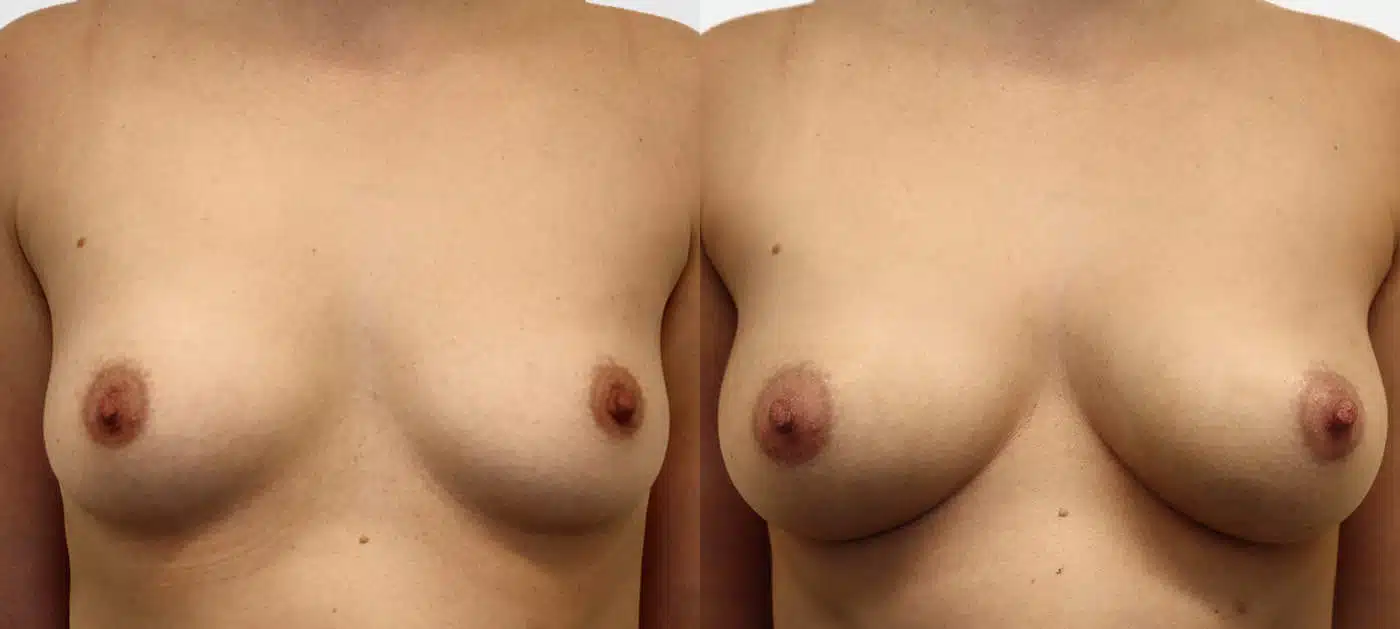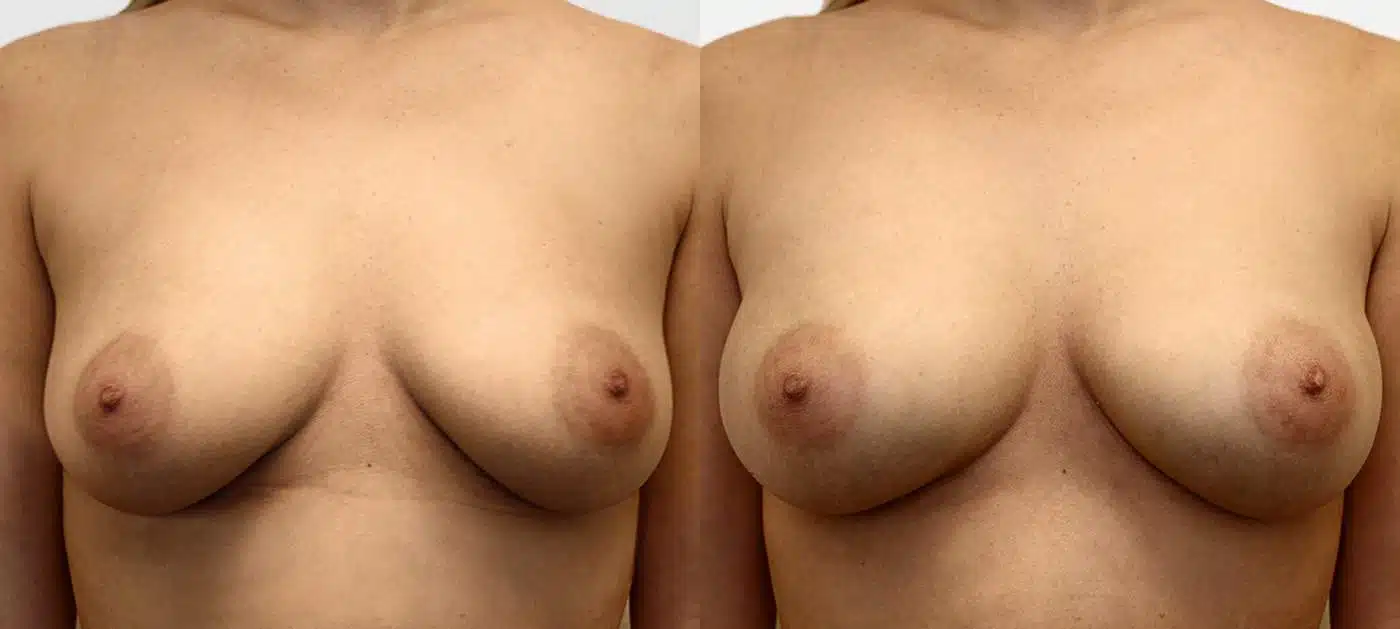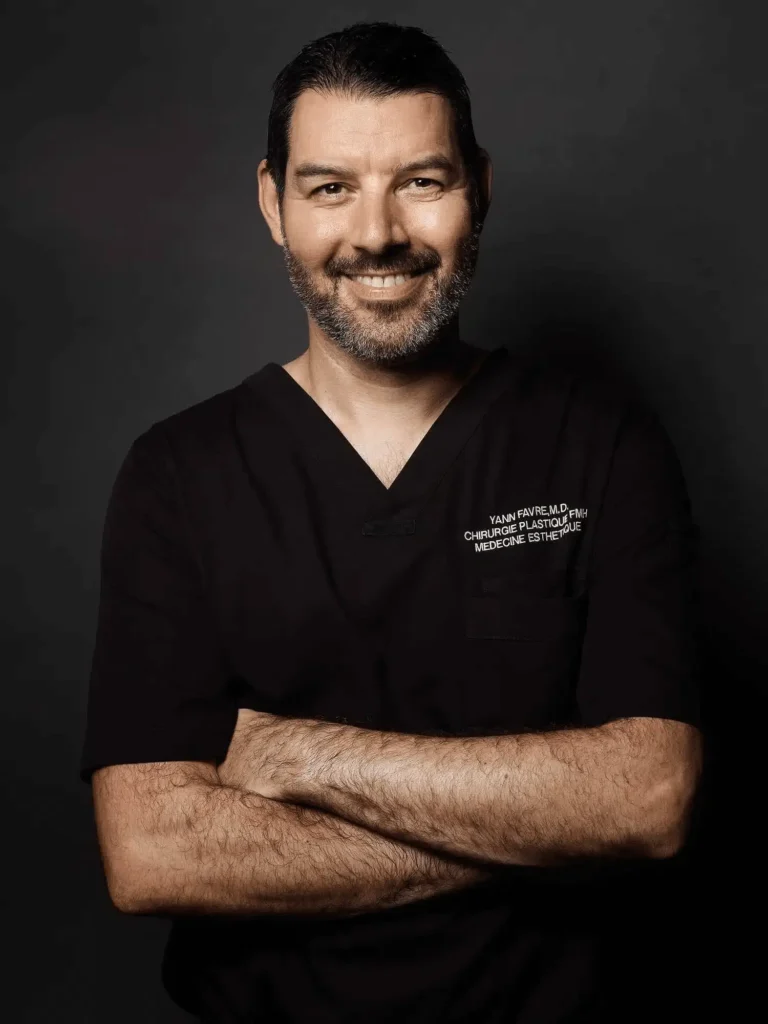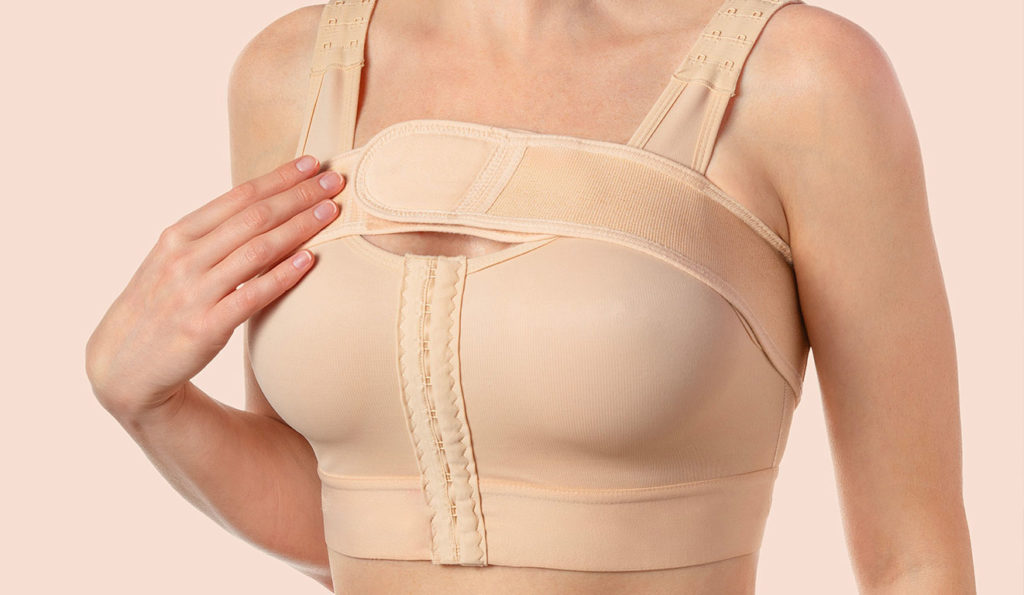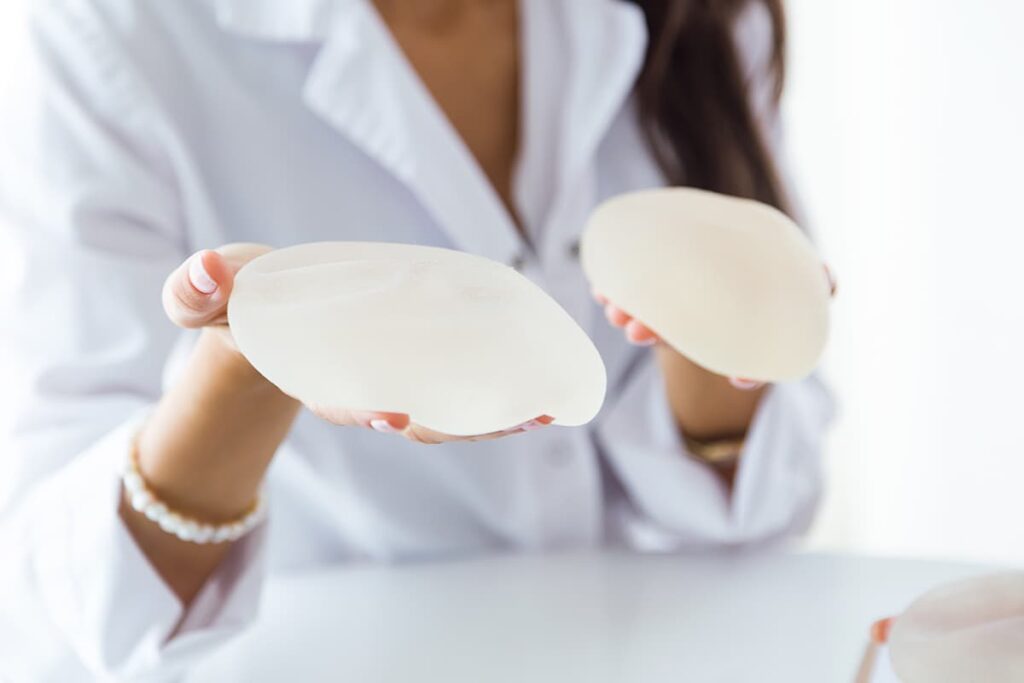General information
Ideal candidates for breast augmentation with autologous fat are those who have sufficient fat reserves and desire moderate breast enlargement. WAL water-jet assisted liposuction is a particularly gentle liposuction procedure. The fat obtained by this method is filtered and washed and can be used for autologous fat grafting using the BEAULI™ method. After the procedure, between 50 and 70% of the fat cells survive. If you want a larger breast augmentation, you will need two or three sessions to achieve the desired volume. An ultrasound examination or mammogram before the procedure is standard. To date, retrospective studies on breast augmentation with autologous fat have shown no negative effects on the breast and no increased incidence of breast cancer. Breast lipofilling is the reinjection of your own fat to increase the volume of your breasts. It is a natural breast augmentation method that does not involve breast implants. It is mainly used in patients who want a small breast augmentation with a natural result. If you prefer a natural filler rather than an artificial implant, lipofilling offers the ideal solution. Thanks to recent technical advances, the use of your own fat has become a safe and viable alternative to implants. Fat transfer can be used in cases where breast augmentation with implants is inappropriate or unacceptable to the patient. Breast fat transfer, also known as lipofilling, is a procedure in which autologous fat is removed by liposuction and then reinjected to add volume to the breasts. The fat cells are removed from an area where there is excess fat. The cells are harvested and purified, removing all liquid. Damaged cells are carefully extracted so that only intact cells remain. The intact cells are then inserted in very small quantities through a dozen fine channels under the skin. This means that the transplanted fat cells have maximum contact with all the surrounding tissue: skin, fat, and muscles. The surrounding tissue ensures that the transplanted fat cells receive adequate oxygen and nutrients so that they can implant properly.

